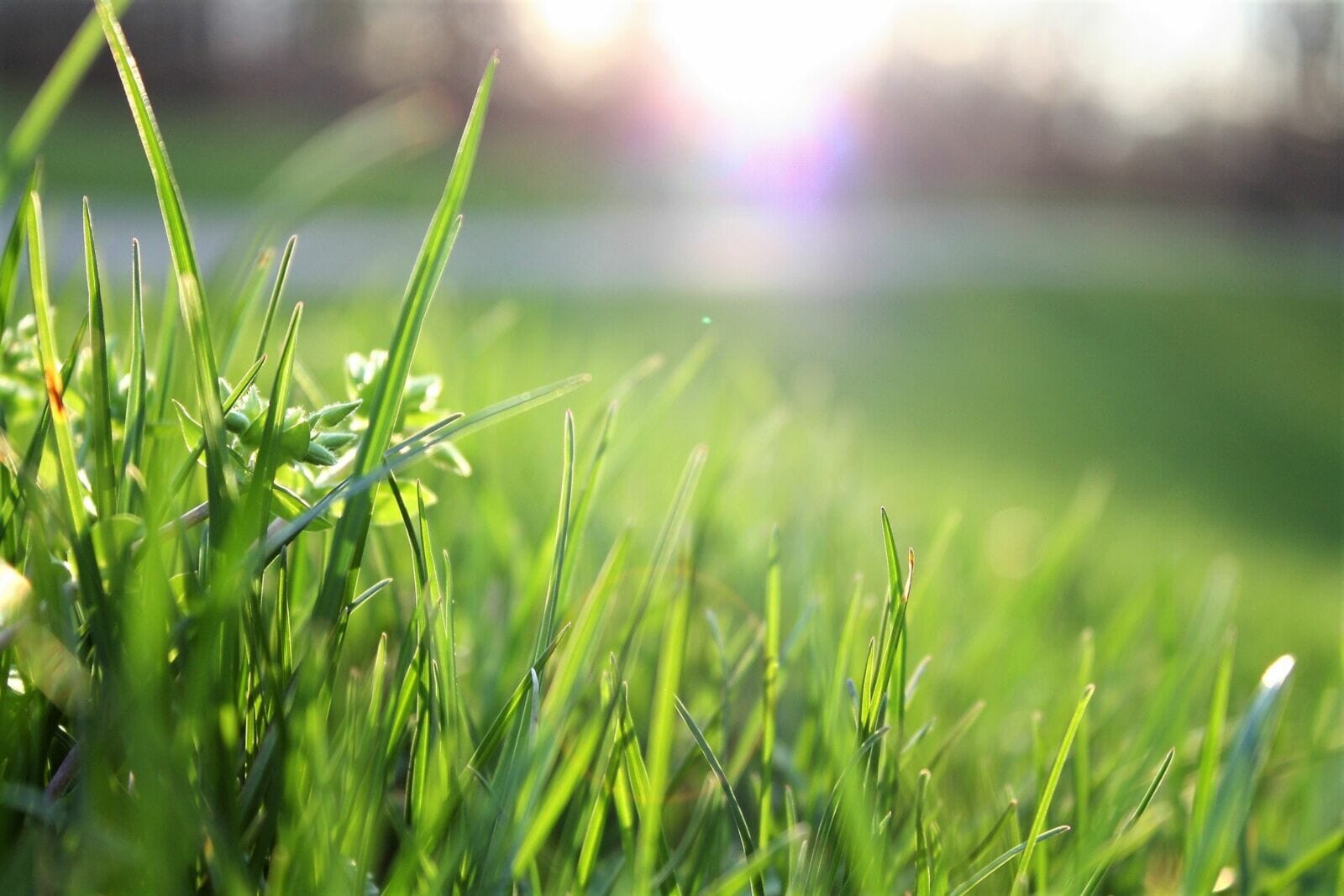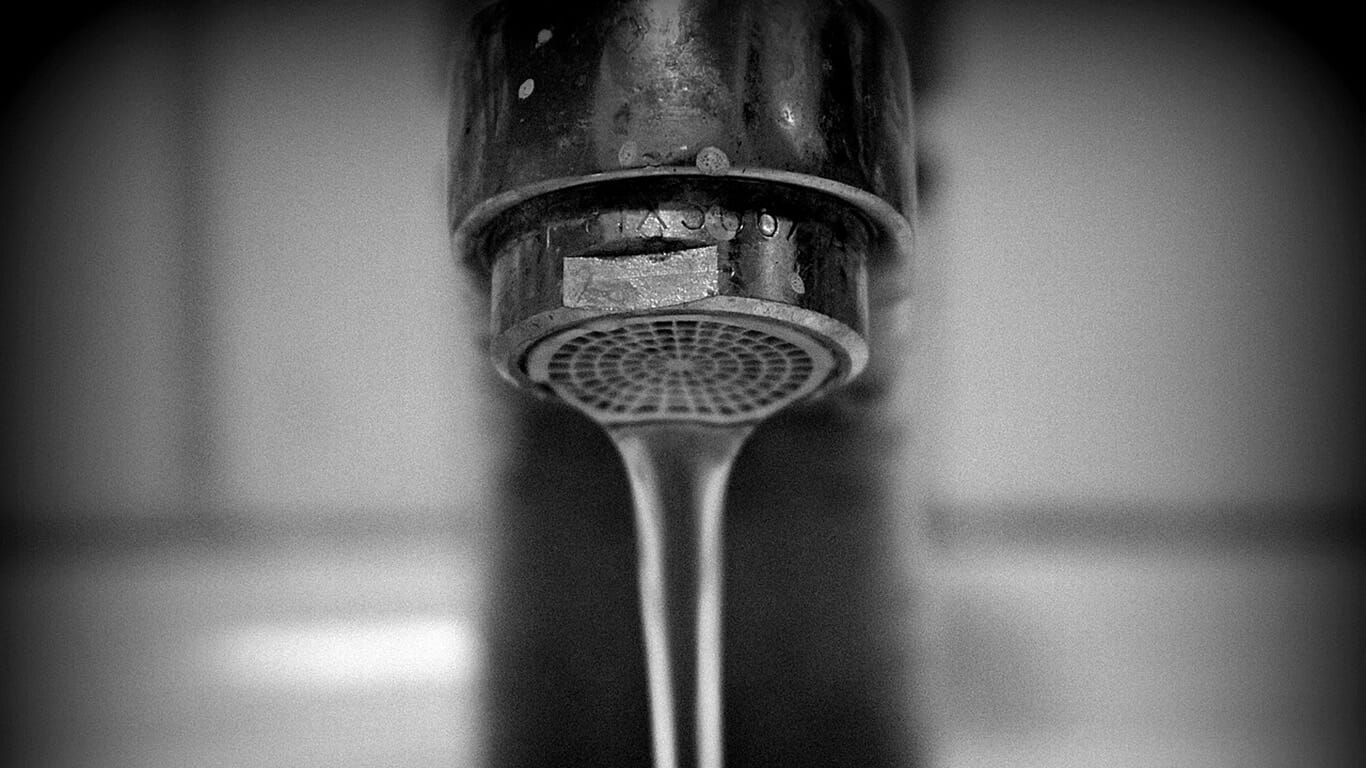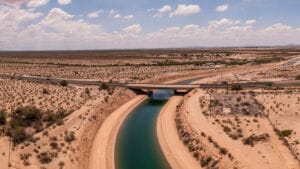Against Canberra’s semi-arid climate backdrop lies a pressing call to action for water conservation. As the implications of water scarcity increasingly seep into our everyday lives, understanding and countering high water usage becomes more essential.
The average Canberra household utilises substantial water levels, mirrored in their yearly bill. These statistics resonate with the need for strategic water management to conserve precious resources and bring down utility costs. This guide will comprehensively break down straightforward and practical strategies to reduce water usage, and in effect, lower water costs for Canberra residents.
By adopting simple techniques and more conscientious water usage habits, homeowners can significantly trim their water costs without compromising their daily comfort or convenience. In addition, these strategies also frame a cost-effective approach to household water management that simultaneously benefits the environment.
Understanding Your Water Bill
An intimate understanding of your water bill is key to a practical water-saving approach. A typical Canberra water bill comprises various segments, such as fixed charges (the standard fee for service connection) and usage costs. By detailing your water usage, you understand where the predominant demand lies and, consequently, where savings can be garnered.
The water pricing structure in Canberra works on a tiered basis. Generally, higher water consumption equates to an increased cost per unit or kilolitre. In simpler terms, the more water you use, the more expensive it becomes. Therefore, recognising and working within this structure can stimulate more efficient water usage.
Common consumption habits, such as frequent laundering, dishwashing, lengthy showers, or excessive garden watering, often underpin higher water usage. To circumvent these habits effectively, consider tracking your water consumption. Digital water tracking apps and regular water meter readings can offer a real-time glimpse into your consumption trends. These tools can pinpoint high-usage activities and areas that offer the most potential for water reduction.
Fixing Leaks and Drips
Though often dismissed as insignificant, leaks and drips can weigh heavily on your water bill. A constant dripping tap can waste several thousand litres of water each year. Therefore, identifying and repairing leaks is a vital step to cost-effective water management.
Effective leak detection in your home entails checking the water meter before and after two hours when no water is used. If the reading changes during this period, it can indicate a concealed leak in your home plumbing system.
Typical areas where leaks often occur include bathroom taps and faucets, kitchen sinks, showerheads, and outdoor hoses. Remedying minor leaks doesn’t always necessitate a plumber call-out. A simple washer replacement or tightening of loose fittings often does the trick. Regular maintenance and checks of plumbing fixtures can prevent leaks from developing, conserving water output and prolonging the life of your household fixtures.
Water-Saving Appliances and Fixtures
Today’s market is teeming with water-efficient appliances specifically designed to minimise water usage while optimising their function. Australia-approved dishwashers, washing machines, and other appliances carry a water-efficiency label indicating their water-saving potential. These products are a wise investment for Canberra homeowners seeking to reduce their water consumption significantly.
Additionally, installing low-flow showerheads and faucets drastically cuts water flow rates, often by as much as half. Conversely, these water-saving fixtures do not compromise the quality or comfort of your shower or washing experience.
Toilets can be a major contributor to water usage in a Canberra home. Traditional toilets might use up to 12 litres of water per flush, compared to modern, water-saving models that cut this number significantly. Dual-flush toilets, for instance, can operate as efficiently as using only three litres for a half-flush and four and a half litres for a full flush.
Although upgrading appliances and fixtures can carry upfront expenses, potential water savings can quickly offset these with time. Moreover, Canberra homeowners could be eligible for rebates for upgrading their fixtures to water-saving models, making this a fiscally sound choice in the long haul.

Gardening and Outdoor Water Use
Gardening in Canberra’s often harsh and dry climate can add weight to water usage, particularly during exceptionally hot summer months. A conscientious approach to garden water management can result in substantial savings.
Strategic plant selection, such as opting for drought-resistant or slow-growing plants, can thrive even with minimal water. Native plants, well-acclimated to Canberra’s unique climate, can weather tried and tested conditions, making them an ideal choice for a water-wise garden.
Adopting efficient irrigation practices also carves out a path to lower water usage. Systems such as drip irrigation, soak hoses, or controlled sprinkler systems ensure water is directed where it’s needed, namely the plant root zone. This method reduces water wastage from runoff and evaporation, effectively using each drop.
Rainwater tanks or greywater systems provide alternate, non-potable water sources for outdoor use. Capturing rainwater provides a free source of water for irrigation or exterior cleaning needs. In contrast, greywater—recycled water from the bathroom or laundry—can, when treated correctly, provide a steady supply for garden use.
Mindful Water Usage Habits
Conceptualising and committing to mindful water usage habits is fundamental to reducing water costs. Simple behavioural adjustments, from turning off taps when not in use to rationing shower durations, can obliterate avoidable water wastage.
Engaging the whole family in water conservation efforts instils lasting habits and magnifies their efficiency in reducing water costs. For instance, educating children and adults alike on the importance of turning off taps when brushing teeth or shaving can pool into significant overall water savings.
Technology also has an essential role to play. Tools like smart meters or timers help homeowners monitor and manage their water usage more effectively, shedding light on peak consumption times and periods of avoidable wastage.
Learn how costs can add up from unmonitored leaks, inefficient appliances, or unaware usage. With the right tools and mindset, cutting down on water usage and costs can become an intuitive, second-nature practice.
Conclusion
In reflection, addressing water costs involves understanding your water usage, making necessary adjustments to leak sources, leveraging water-saving appliances and fixtures, and fostering mindful water usage habits. Canberra residents can achieve tangible savings on their water costs through these steps.
Starting with a tiny change can lead to a cascade of more significant benefits that will manifest over time. Whether it’s upgrading appliances, overhauling irrigation systems, or being more mindful of your daily water usage, each step we take is a nod towards embracing water-conserving, cost-saving habits. As with the ripple effect of a water drop, individual efforts can ripple outward, cumulatively preserving our invaluable water resources and making a profound difference to pocket and planet alike.
Take this journey of water conservation. Share your unique tips and experiences, and tap into local resources and programs that can further aid in decreasing water costs. Navigate the complexities of water management with optimism, understanding that each step forward is a step towards a more sustainable and cost-effective future.




